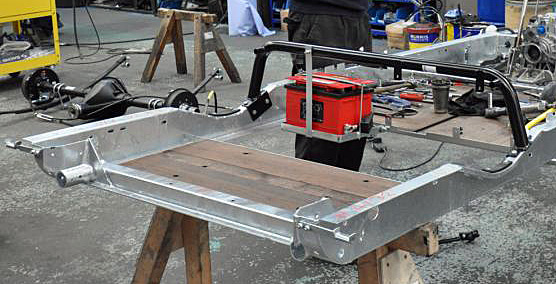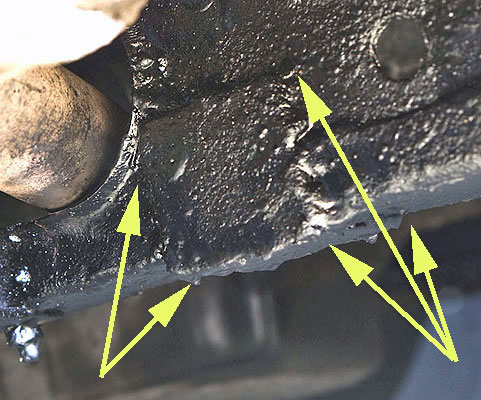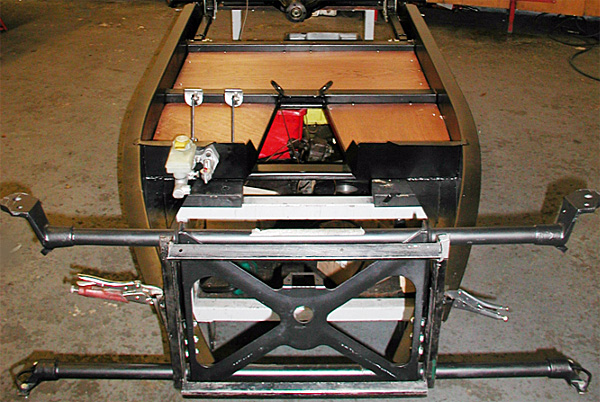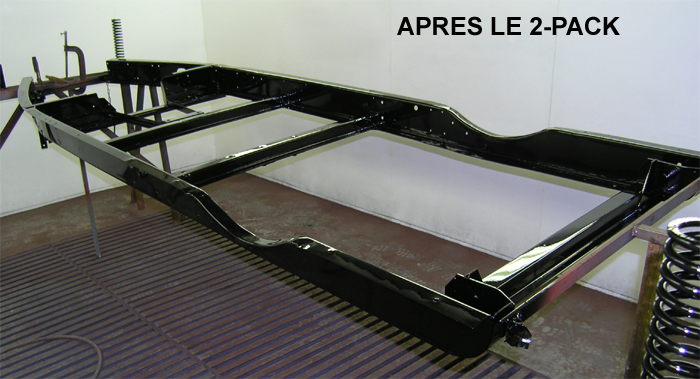
 BENEFITS of hot dip galvanization are:
BENEFITS of hot dip galvanization are: BENEFITS of A-coating:
BENEFITS of A-coating:| The GoMoG rep, common sense, a quick "google" or a comparison of salt spray resistance should suffice as proof for anyone. However, those with a priority to the Factory or an ongoing beef with GoMoG will become nutty and irate. Be
kind to them. Not everyone's first loyalty is to their fellow owners.
That is why GoMoG was created. It's for you. Additionally, in the area of blame, it is likely the Factory decisions in this area are influenced by the march of new local regulations to protect the environment (toxic waste). Many better coatings, paint and plating from the past are either prohibited or costly now. Analagous prejudice to the performance characteristic of the cars and owner interaction is inevitable with new regulatorially compliant engines (emissions legislation) and regulatory safety measures (added weight). |
University of Western Michigan Sparta Paint and Coating Systems South Atlantic Comparison Journal of Applied Electrochemistry etc. |
 This
coating has gone by many names since the days of yore.. It is
various thick tar-like goo(s) that have been used, off and on, by the
Factory since
1983 and even, inexplicably, into the present era where it covers
presumably non-rusting stainless steel, non-rusting aluminium
panels and, up to recently, galvanized chassis.
It is done by local suppliers, near to the Factory. No answer
has ever been
adequately given as for its rationale, especially since its limited
effectiveness and aesthetic prejudice to the automobiles is no longer a
debate. As well, so many other protections are available and/or used. It has been the subject of legal claims by buyers.
This
coating has gone by many names since the days of yore.. It is
various thick tar-like goo(s) that have been used, off and on, by the
Factory since
1983 and even, inexplicably, into the present era where it covers
presumably non-rusting stainless steel, non-rusting aluminium
panels and, up to recently, galvanized chassis.
It is done by local suppliers, near to the Factory. No answer
has ever been
adequately given as for its rationale, especially since its limited
effectiveness and aesthetic prejudice to the automobiles is no longer a
debate. As well, so many other protections are available and/or used. It has been the subject of legal claims by buyers. 
